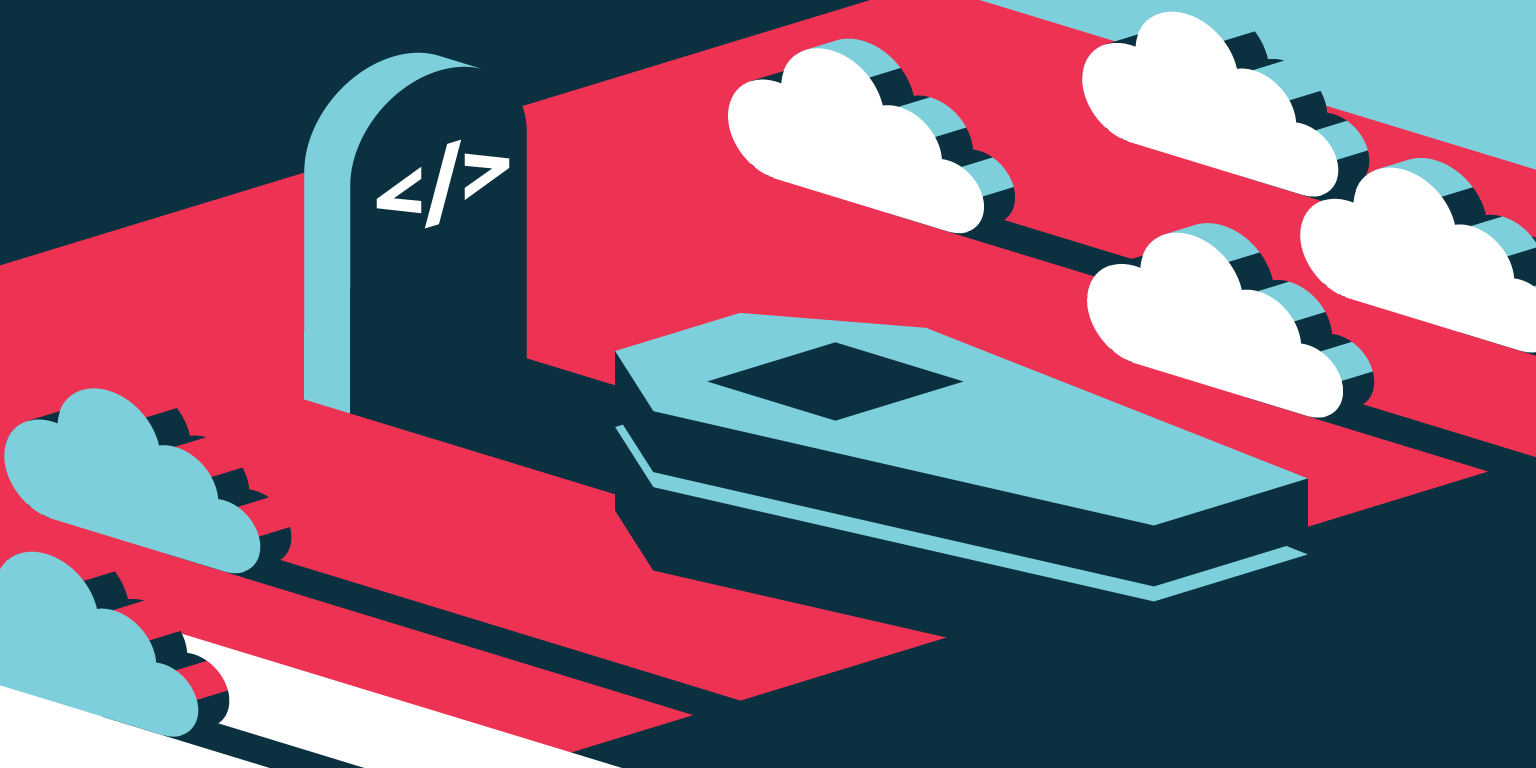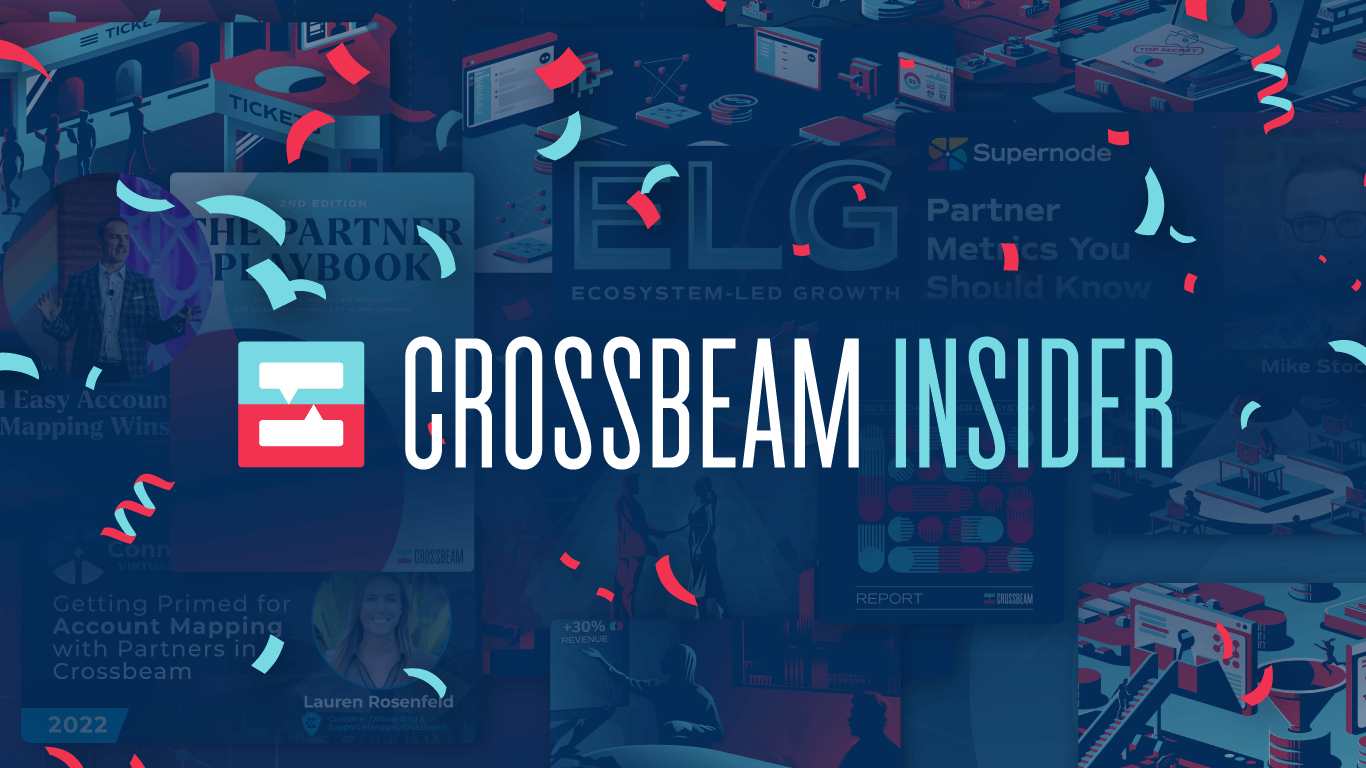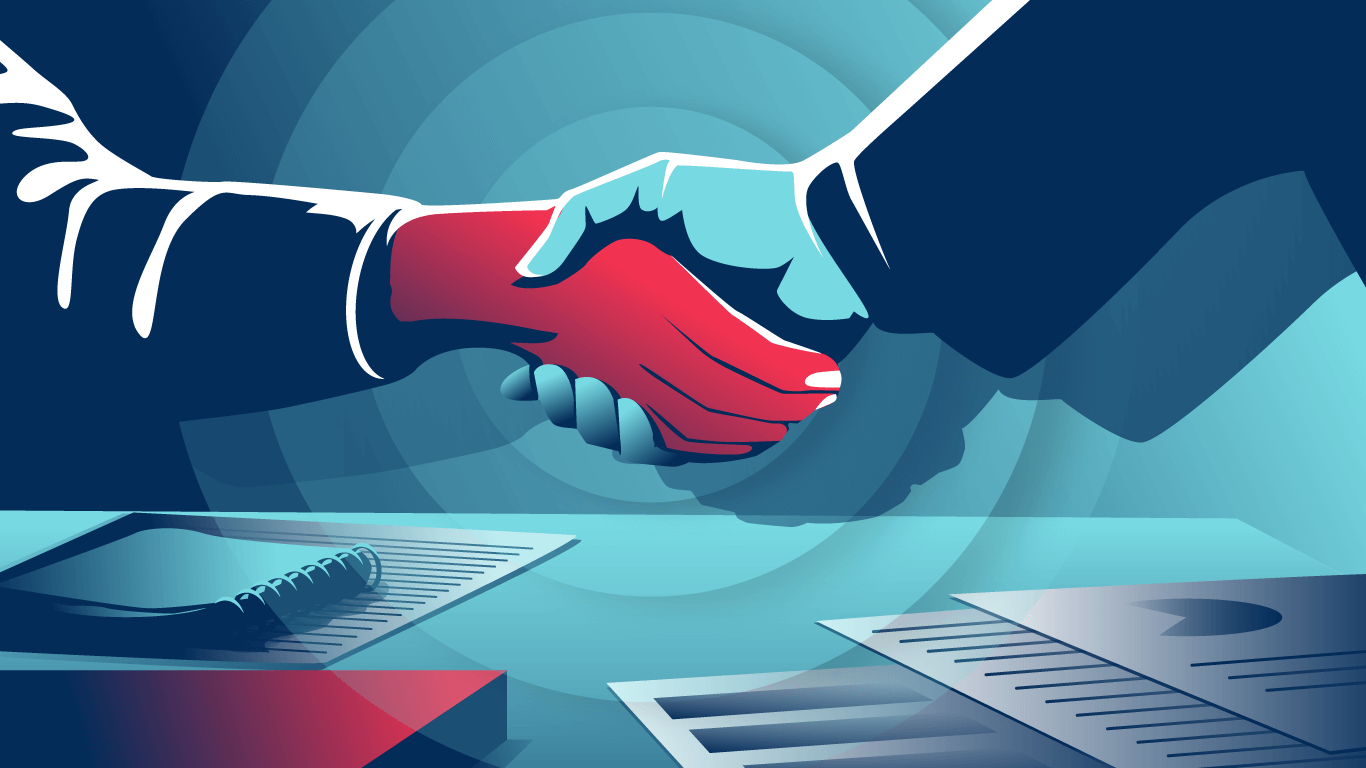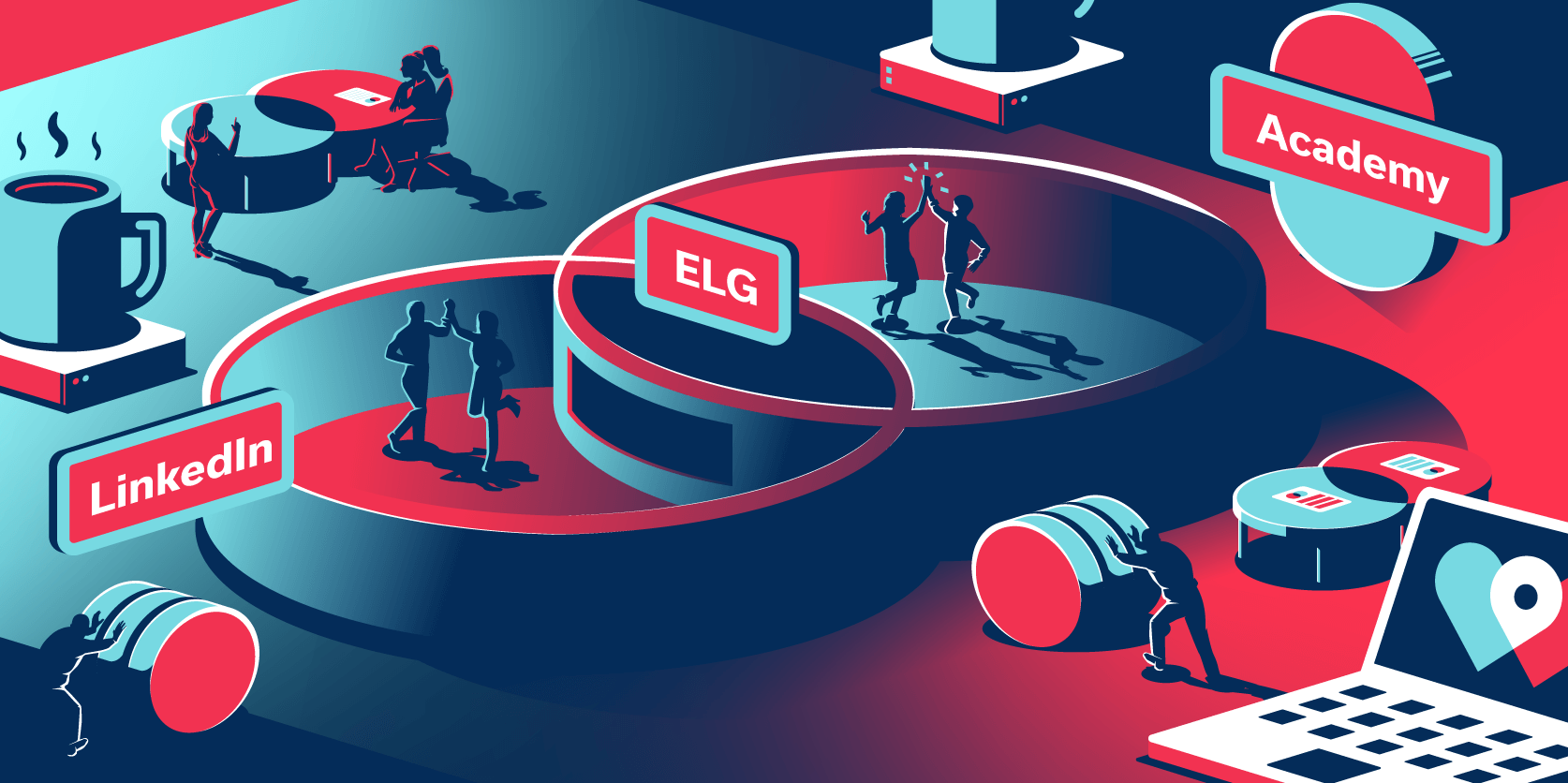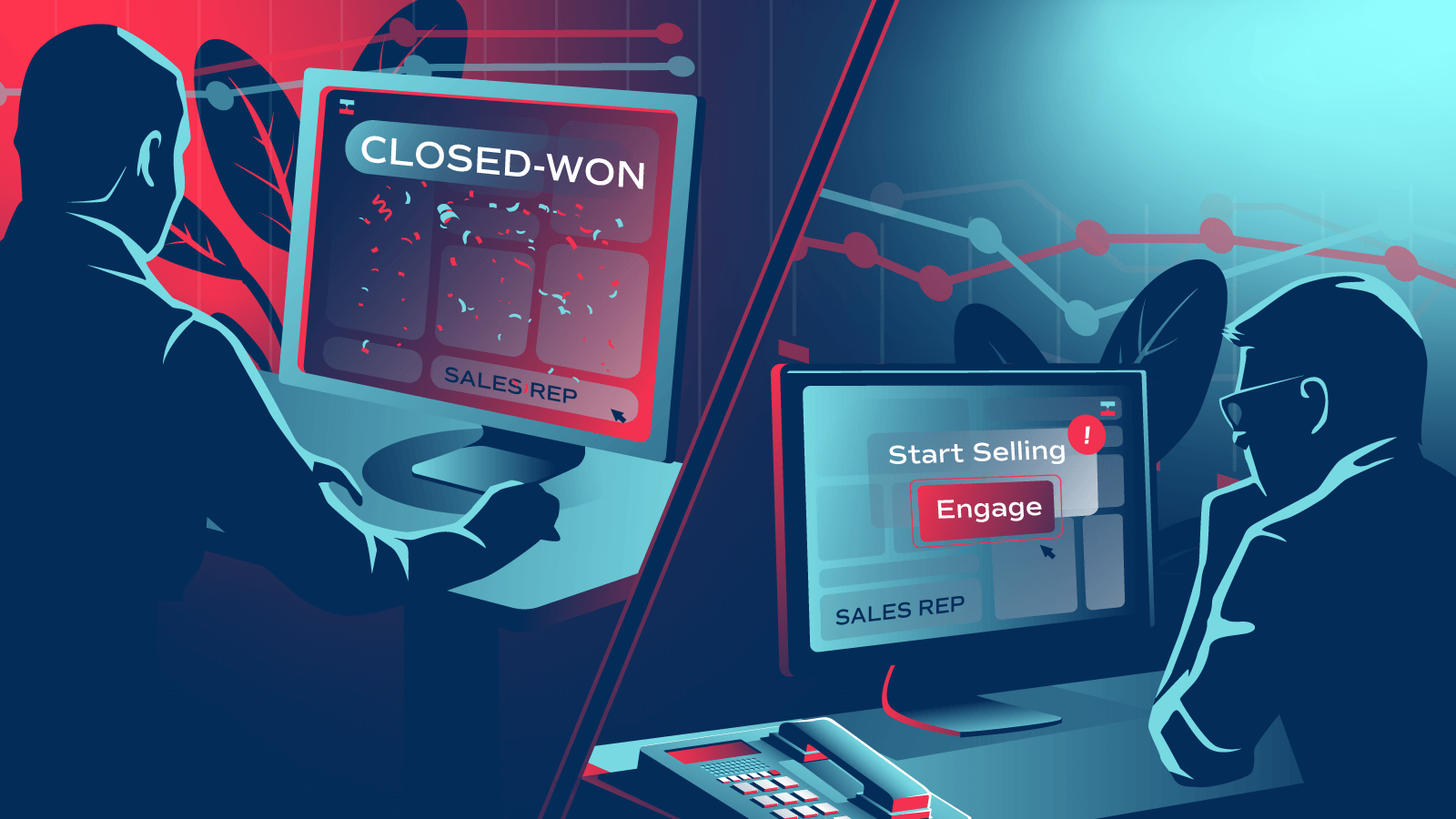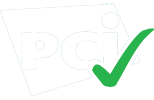Sunir Shah is the founder of AppBind, a tool for agencies and resellers to manage all of their SaaS subscriptions—he’s also a bit of a historian of the software world.
 “Other children of the 80s were playing Power Rangers, I was reading Byte magazine,” he says.
“Other children of the 80s were playing Power Rangers, I was reading Byte magazine,” he says.
If you’re younger than 35, it probably feels like SaaS has been around forever—you have always paid a monthly subscription for your online tools. Each with its own support team, marketing, product documentation, and more.
But it didn’t always work this way.
Shah thinks that SaaS is heading back to where licensed software was in the 70s and 80s. The do-it-all SaaS company will make way for an ecosystem of embeddable widgets, and companies will again be hyper-focused on the product while outsourcing things like marketing and distribution to a network of partners. If it sounds radical, it’s because you don’t know your history.
We asked the founder of the SaaS Connect Conference what he sees coming around the corner including the squeezing of channel sales and the return of Managed Service Providers (MSP). It’s the kind of thing that will have veteran partner managers nodding their heads.
This interview was edited for length and clarity.
Why should SaaS go “back” to the practices of licensed software?
The size of the SaaS market is $60 billion. Microsoft’s revenue alone in 2019 was $125 billion. In 2009, they announced that for every dollar Microsoft makes, their partners make $8.70. Microsoft is almost a trillion-dollar ecosystem just by itself. 95% of their revenue is done through partners. Where the typical SaaS company, it would be the flip: Something like 8% would be coming through partners. SaaS should be bigger.
Why is it a bad thing that SaaS companies handle more than just the product?
With SaaS right now, customers sign up with the vendor directly, and then the vendor’s customer success team handles it. The client then has to have internal resources to manage all of these vendor relationships, which means eventually they’re going to hire someone. And that someone is going to want to get rid of the agency. This is what’s been squishing the channel down.
But there is a reason why agencies exist. Agencies are more likely to be experts, they’re more likely to have better vendor relationships, and they’re going to be less expensive than in-house staff. Managing a tech stack may not be your customer’s core competency. For software companies, there’s always more unique customer needs than anyone software company can handle, right?
What’s an example of this?
There’s plenty of companies that have felt the tension of splitting markets. Hootsuite is a good example of someone who had a really strong small business product, but they found a lot of lift in enterprise and that bifurcated their interests.
Agencies allow you to go after several markets. Now, Hootsuite has a huge agency market. That’s the value and that’s what we’re trying to enable at AppBind. The mechanics that we’re doing that for right now is around managing credit card subscriptions, but there’s more to the story. We’re trying to kick open this door that’s been held shut against the SaaS industry around reselling.
There are a lot of acronyms from the licensed software days that seem to be coming back. Why?
It’s all from Microsoft. In my keynote, I gave a talk about the history of software to help people understand partnerships from an abstract level, because people don’t have a modern framework in 2019.
Cloud subscriptions are services to be managed. And that’s where the next generation of Managed Service Providers are. They are marrying it with what used to be called a Value-Added Reseller (VAR). Those terms come from the early eighties. But that’s when partnerships in software were defined. We make it over and over again.
But for now, SaaS is still the little sailing club in the bay. The main shipping channel is still Microsoft, SAP, IBM, HP.
I’m surprised about your assertion that cloud software is immature because it feels like it’s been around forever.
You just have to realize the sheer size. There’s a reason why Bill Gates can cure malaria. There’s still a lot more to the SaaS story, and I see a return to what licensed software used to do in the 1980s—where the people that make the software aren’t the people that support it.
The expectation with SaaS is you get one-on-one support. Which is an advantage that SaaS has when competing against licensed software. But it’s also a disadvantage because you’re cutting out the opportunity to work with other partners who can take on that effort, which means those partners can build businesses around you.
Take Infusionsoft, now rebranded as Keap. Their internal customer success teams use to handle onboarding. Now they refer all customers to partners for onboarding. They realized that they were trying to own so much of the customer relationship, they were not allowing them to build like these agency partners around them.
Now they have a huge number of certified partners.
How fast are SaaS companies making this transition?
We run this conference every year for partnership people, SaaS Connect, and at the beginning, it was all integration partnerships. And now all of these talks are being submitted on a channel partnership. There is a lot more demand on the channel right now. It’s like 90 to 10. People don’t have much to say about integrations right now. I think people find that it’s a solved problem, although it isn’t. It is not a solved problem. But no one’s being measured on it. They’re being measured on revenue growth.
RecentIy, I spoke with a SaaS founder who believes that we’re going to see a great consolidation of SaaS products. It sounds like you agree.
The customer wants to have one vendor. Also, why would you build features that are already solved? Why build your own app store where you can buy these now products that are app stores? Your team is not an expert in App Store building. It’s a waste of time. Your teams should be focused on the core functionality. That kind of stuff is going to be the future of integrations. Things like Zapier embeds are a really forward-looking product and is on track with where we’re heading.
That’s on the integration side. What about the channel?
Charging a subscription means you couldn’t use the distribution channel. So none of the channels understand what to do with this stuff. There’s absolutely no way for channel partners to make money if all of the value and work is done by the SaaS vendor. So the margin is thin, it’s not even worth their time to do it.
SaaS companies had to insource so much of the labor around the product. Software companies are usually good at engineering, possibly design, and possibly marketing. Before, you’d make the product and then you would hope that that other people would you create enough demand in the channel. You would give up the sales and distribution and marketing to your channel and that’d be great. And you can just focus on the product. But now? You’re doing everything: engineering and design and product management and support and success and marketing, distribution, sales — you have a huge team.
Who can be good at a dozen departments? This talent is expensive. People argue with me about this. That’s fine. But the carrying cost of a customer eats up a huge portion of the revenue and it limits the ability to scale rapidly. Lotus123 got to $53 million sales in one year, that’s just unheard of in SaaS.
Turn your ecosystem into your #1 revenue source
Get started in under a minute. Instantly capture insights from your partners. Identify more opportunities. Did we mention it’s free?

